The Flying Flea can trace its design roots to the German DKW RT100. When the Dutch subsidiary of DKW was refused any more supplies in the late 1930s as the family owned company had Jewish roots, Royal Enfield was contacted to produce a version to fill the gap in the market.
The Royal Enfield version was initially known as the “Royal Baby” and offered to the civilian market. However, as war was declared, the model was offered to the British War Department (WD).
In 1942 the army began testing the “Flea” as it would come to be known, with a view to issuing it to the newly formed airborne forces to provide much needed transport and mobility.
The design was refined by Arthur Bourne from the original by Ted Pardoe. A twin exhaust was added and with the brakes relocated and a vent added to the fuel filler to prevent fuel spillage during transport.
A specially designed cage with Parachute was introduced to be able to drop the Flea from aircraft such as the Dakota. For the glider borne troops it was light enough to be carried inside a glider.
Orders were placed in early 1943 and the Flea became a common sight in airborne units throughout the war.
In 2018 Royal Enfield launched the Pegasus 500 which commemorated the wartime service of the Flea.
Statistics:
Weight: 130 pounds (59 kilos)
Length: 75 inches (190 cm)
Engine: 126cc air cooled twin stroke
Speed: 45mph

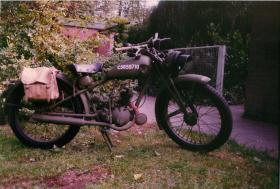
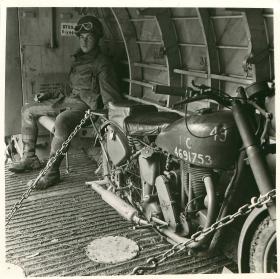
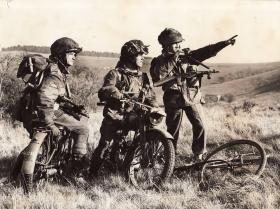
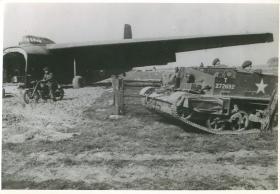
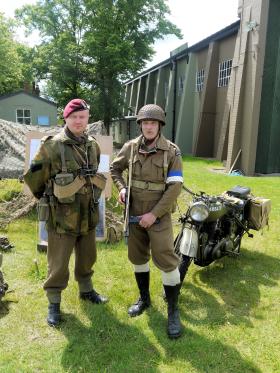
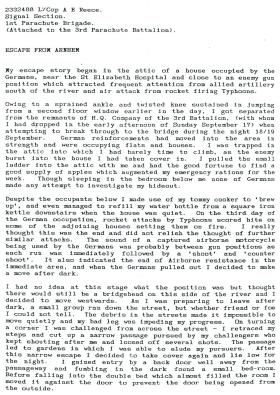
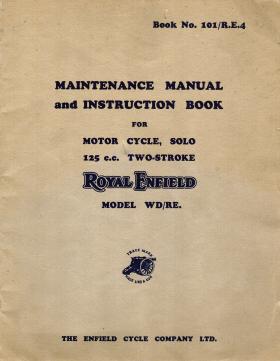
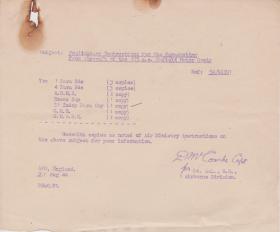
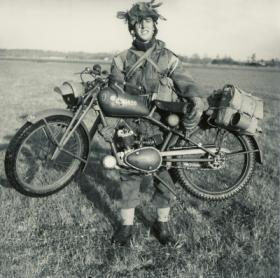
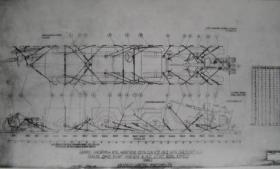




Latest Comments
There are currently no comments for this content.
Add Comment
In order to add comments you must be registered with ParaData.
If you are currently a ParaData member please login.
If you are not currently a ParaData member but wish to get involved please register.